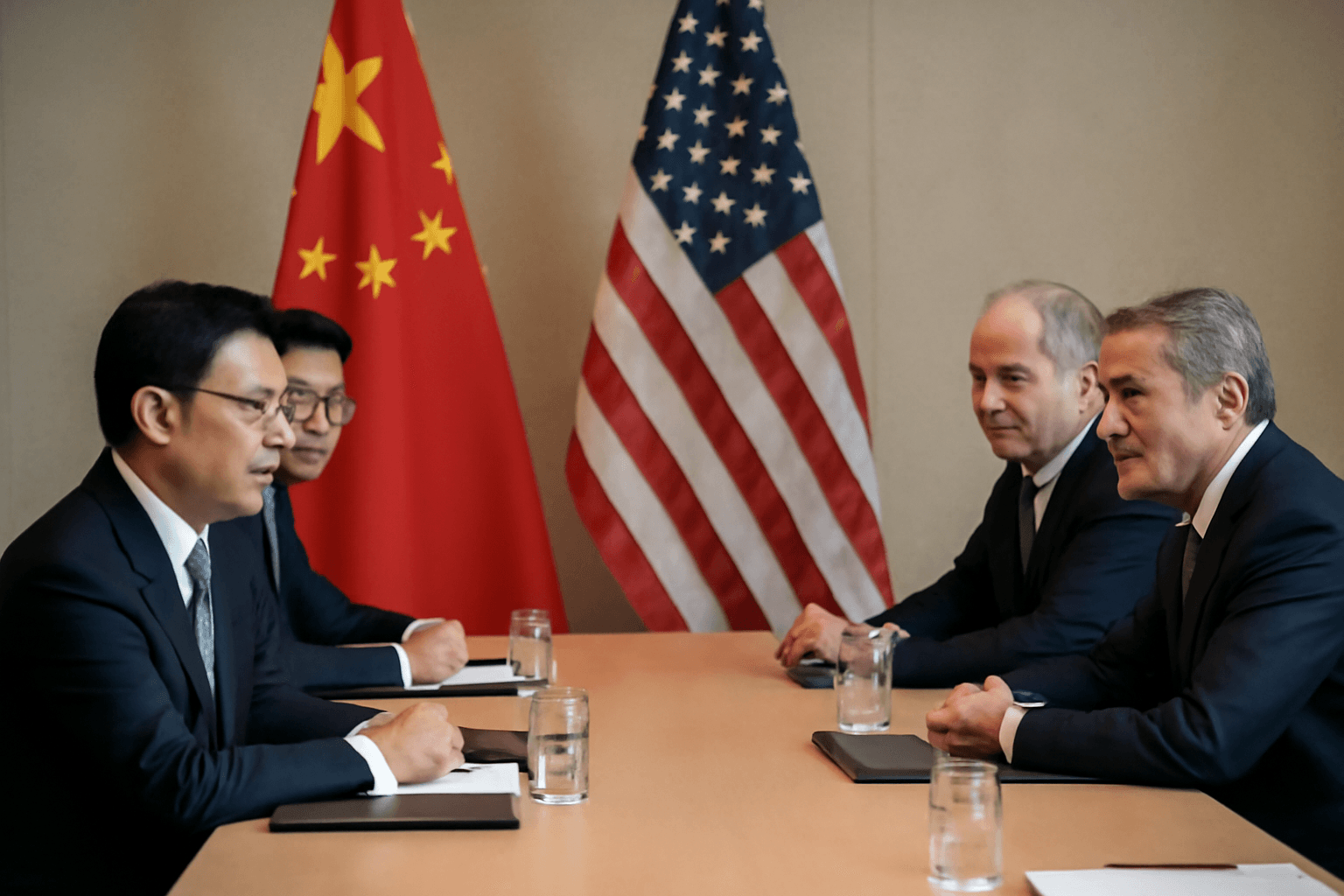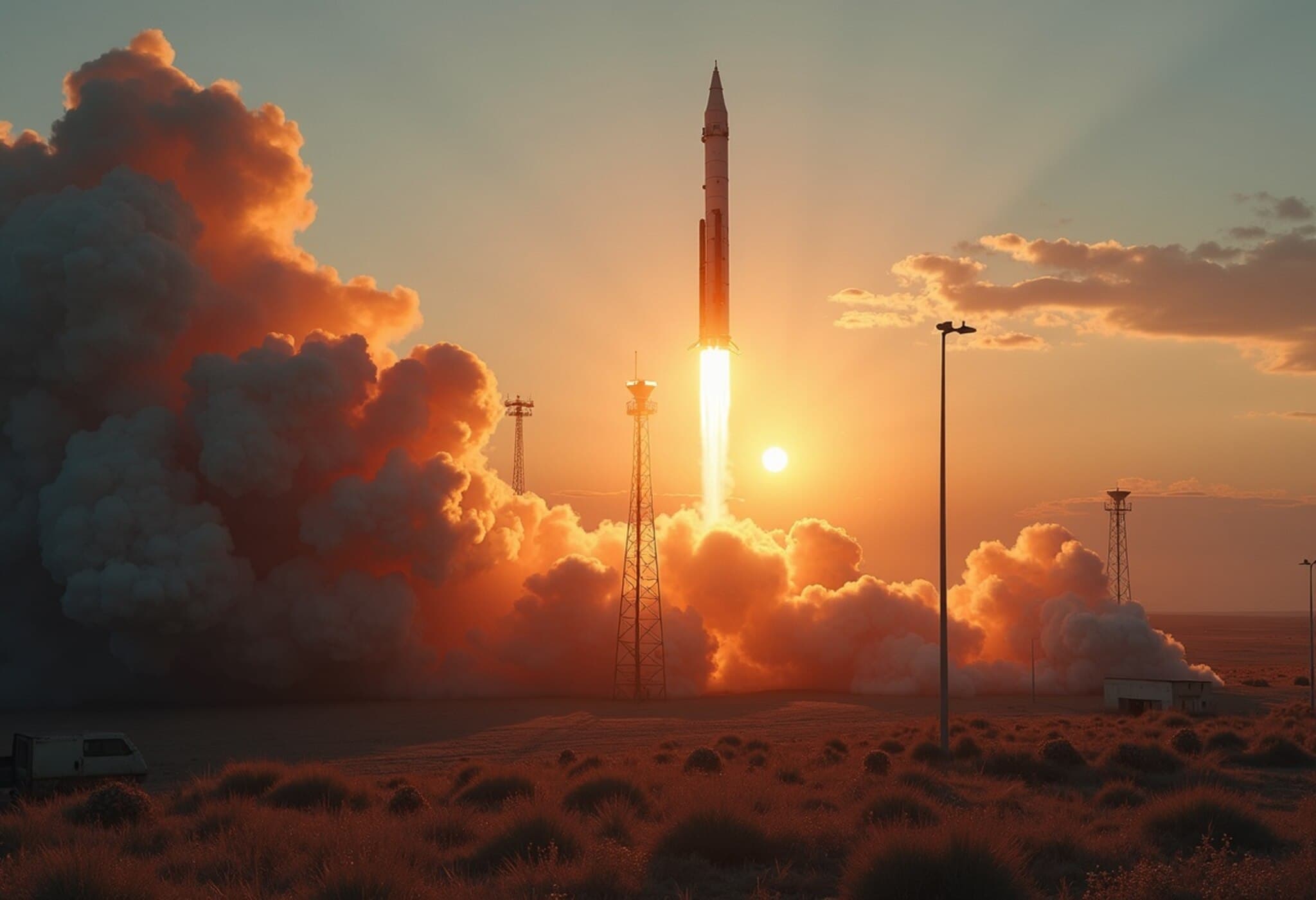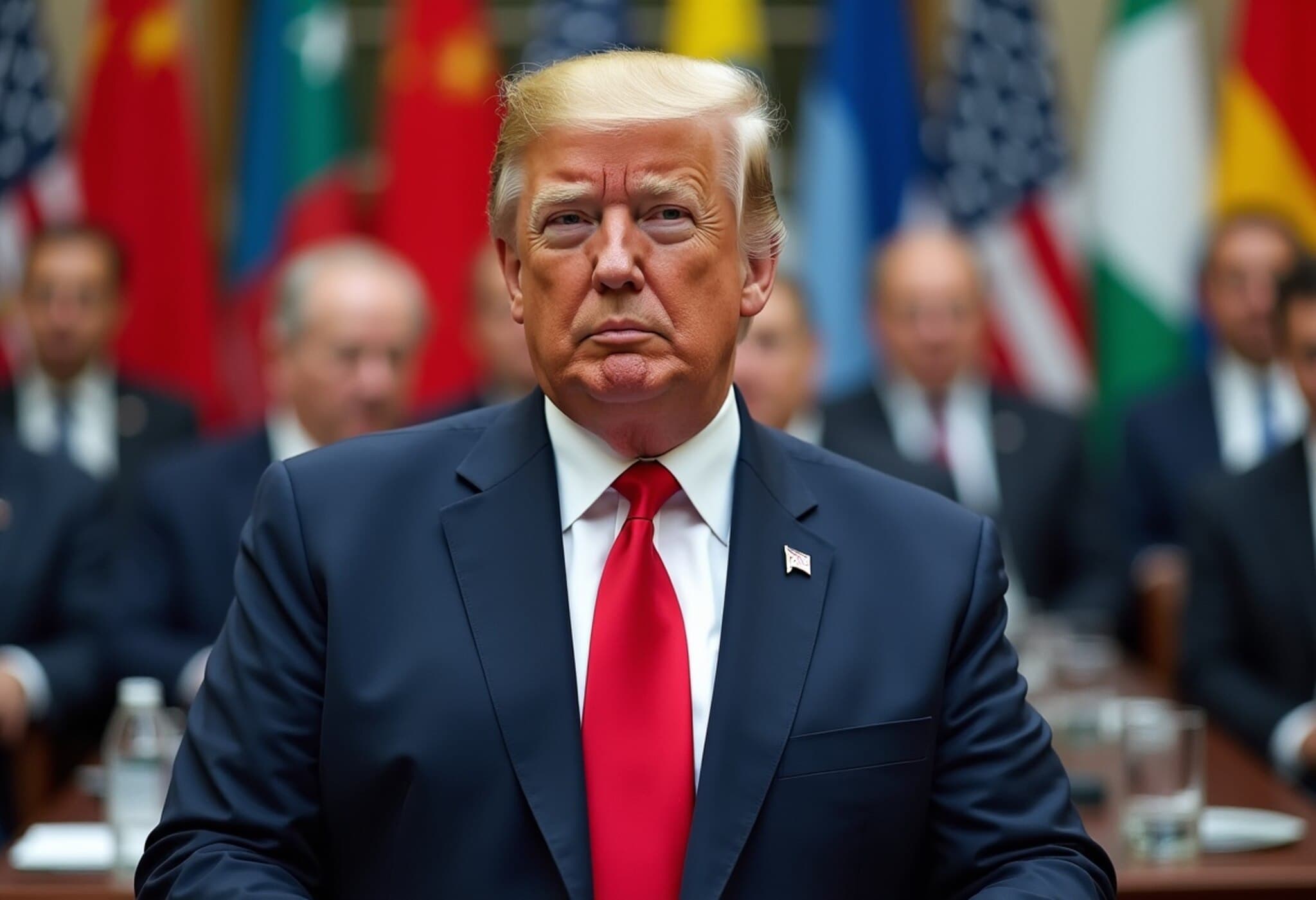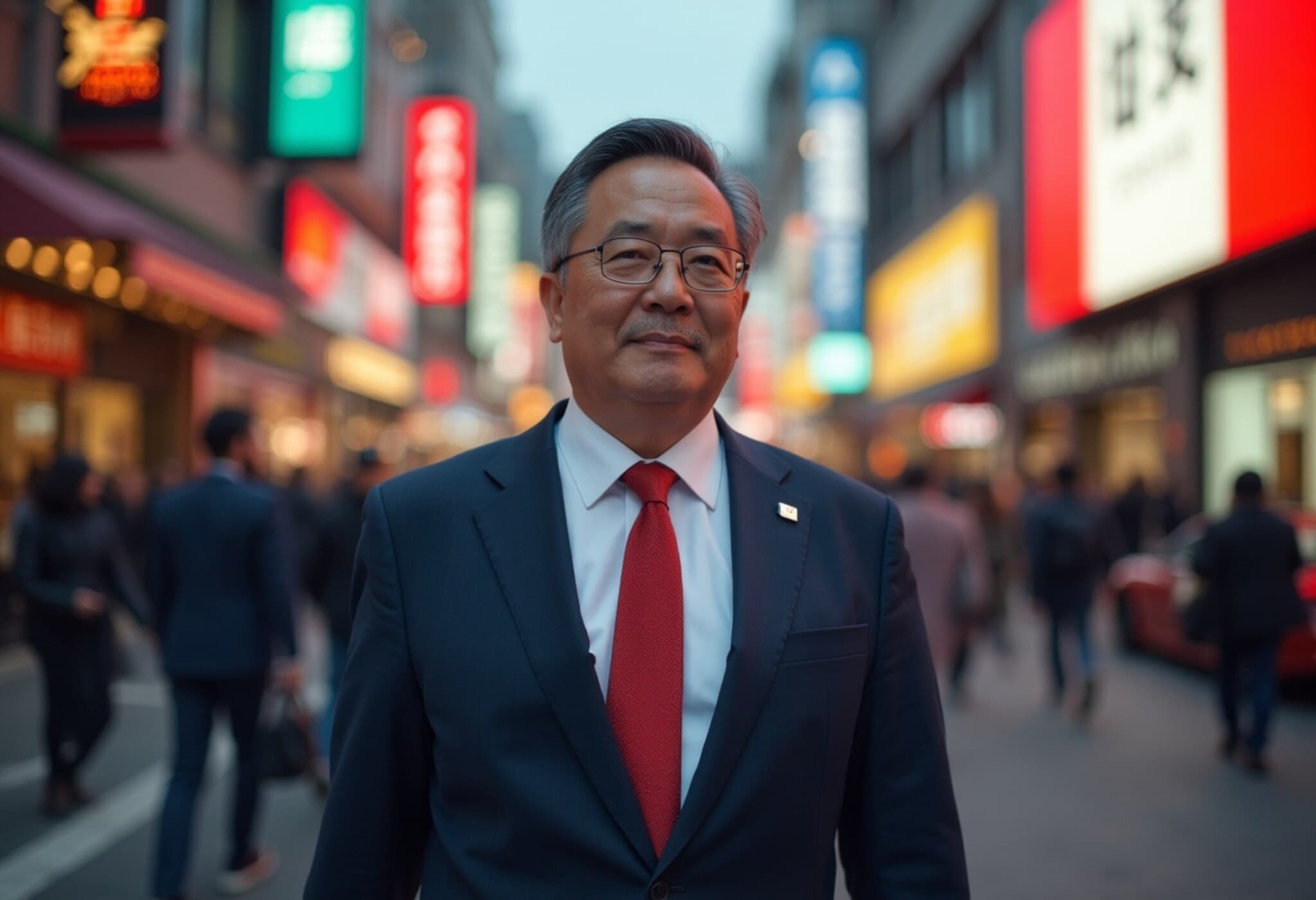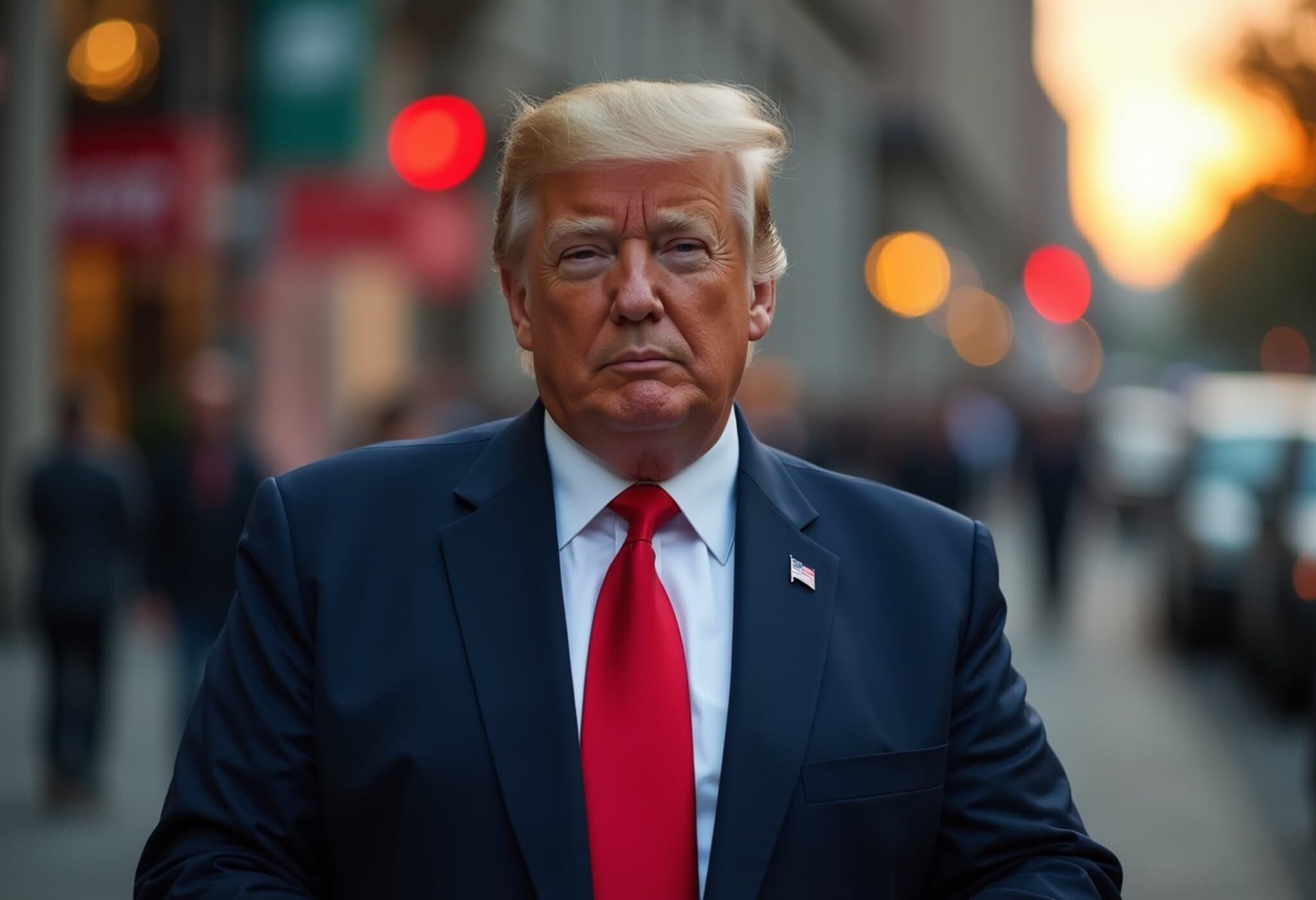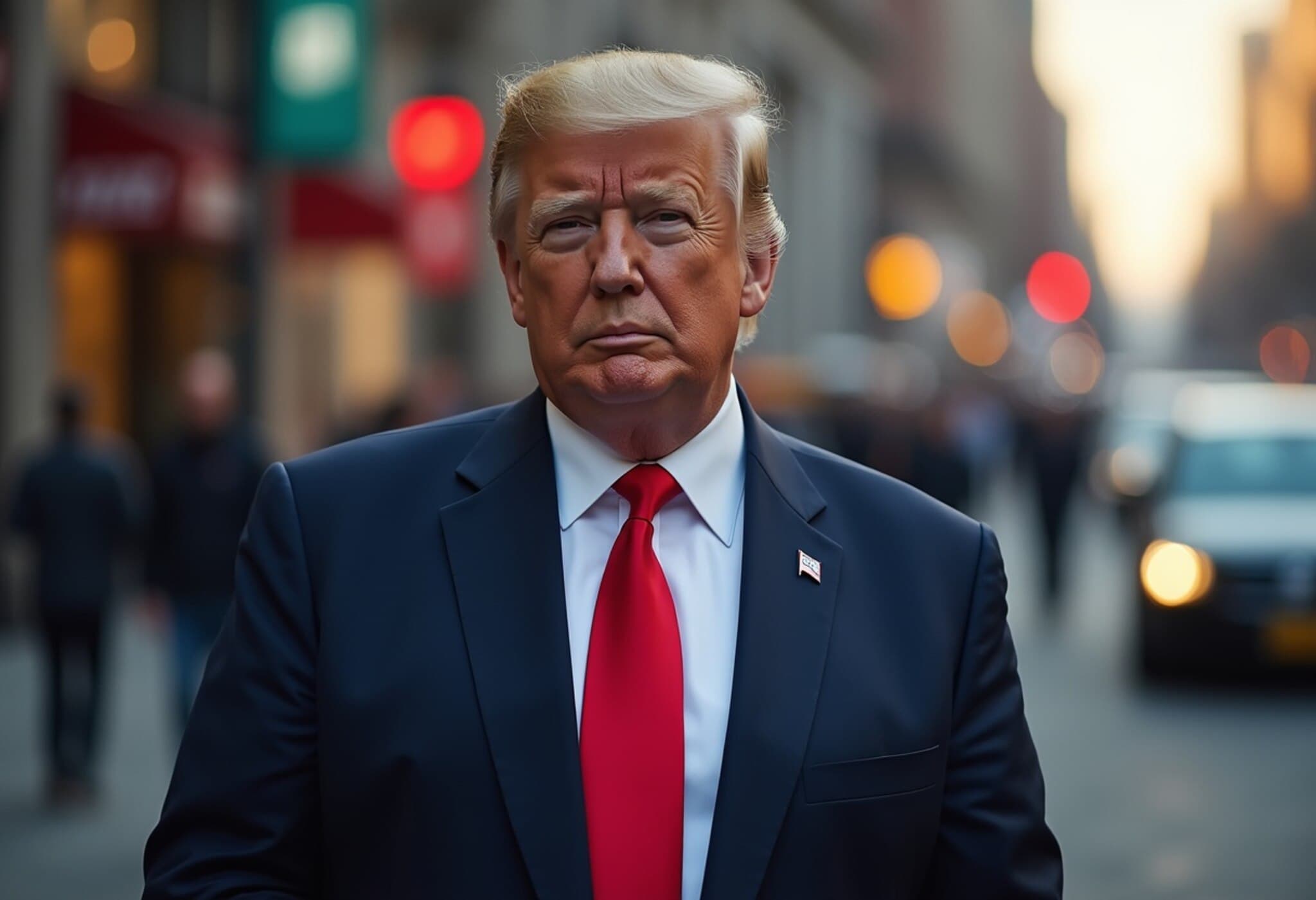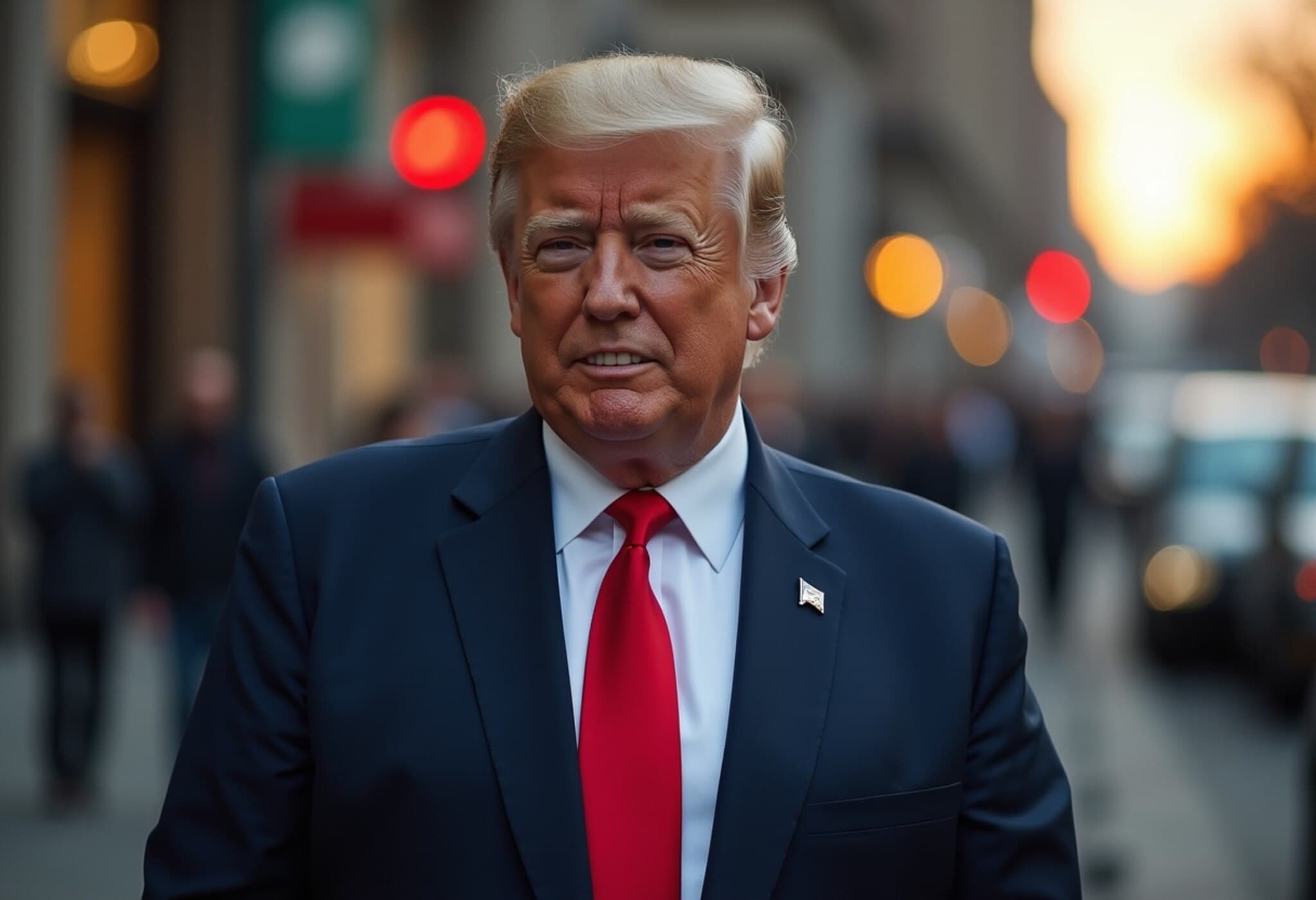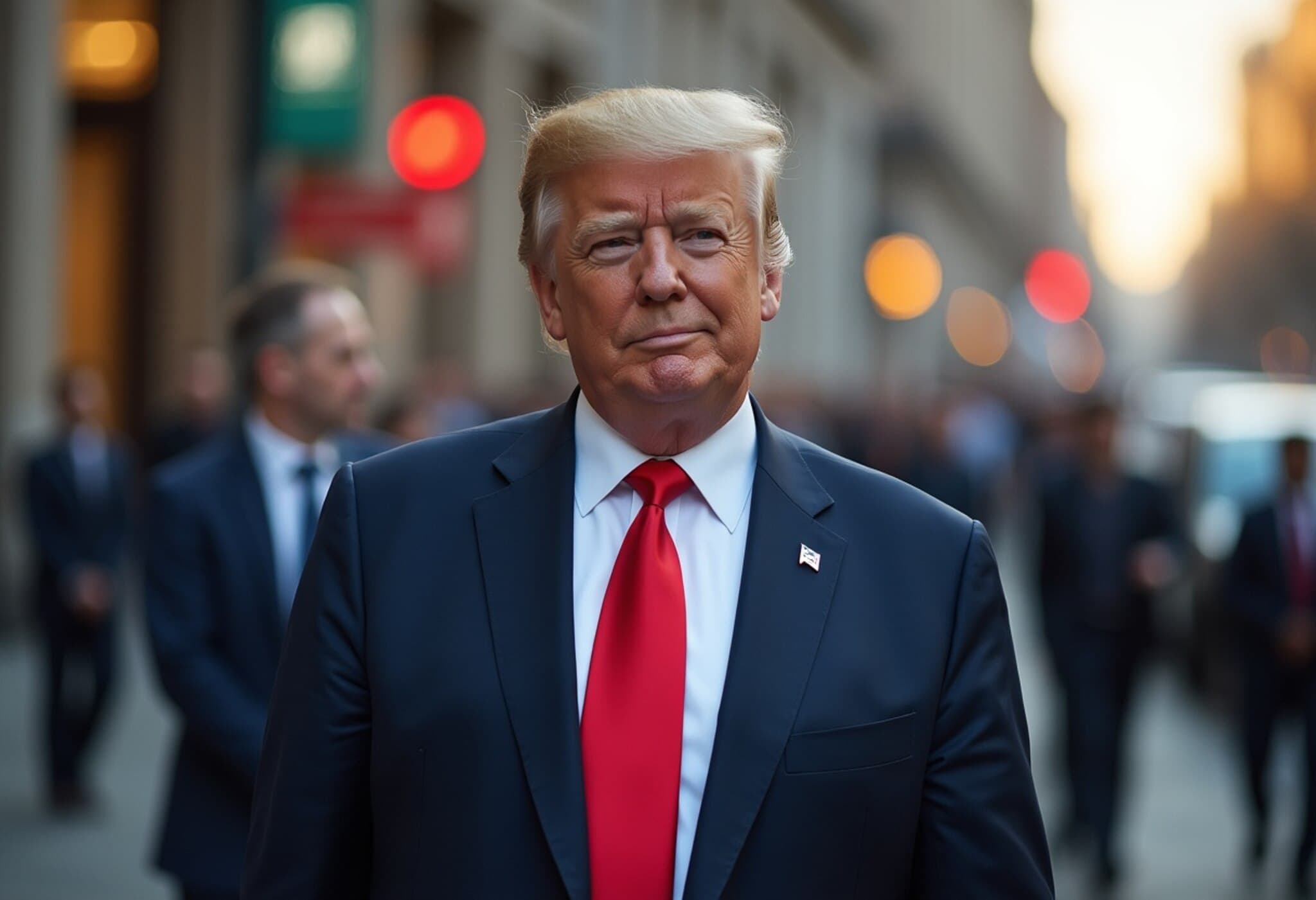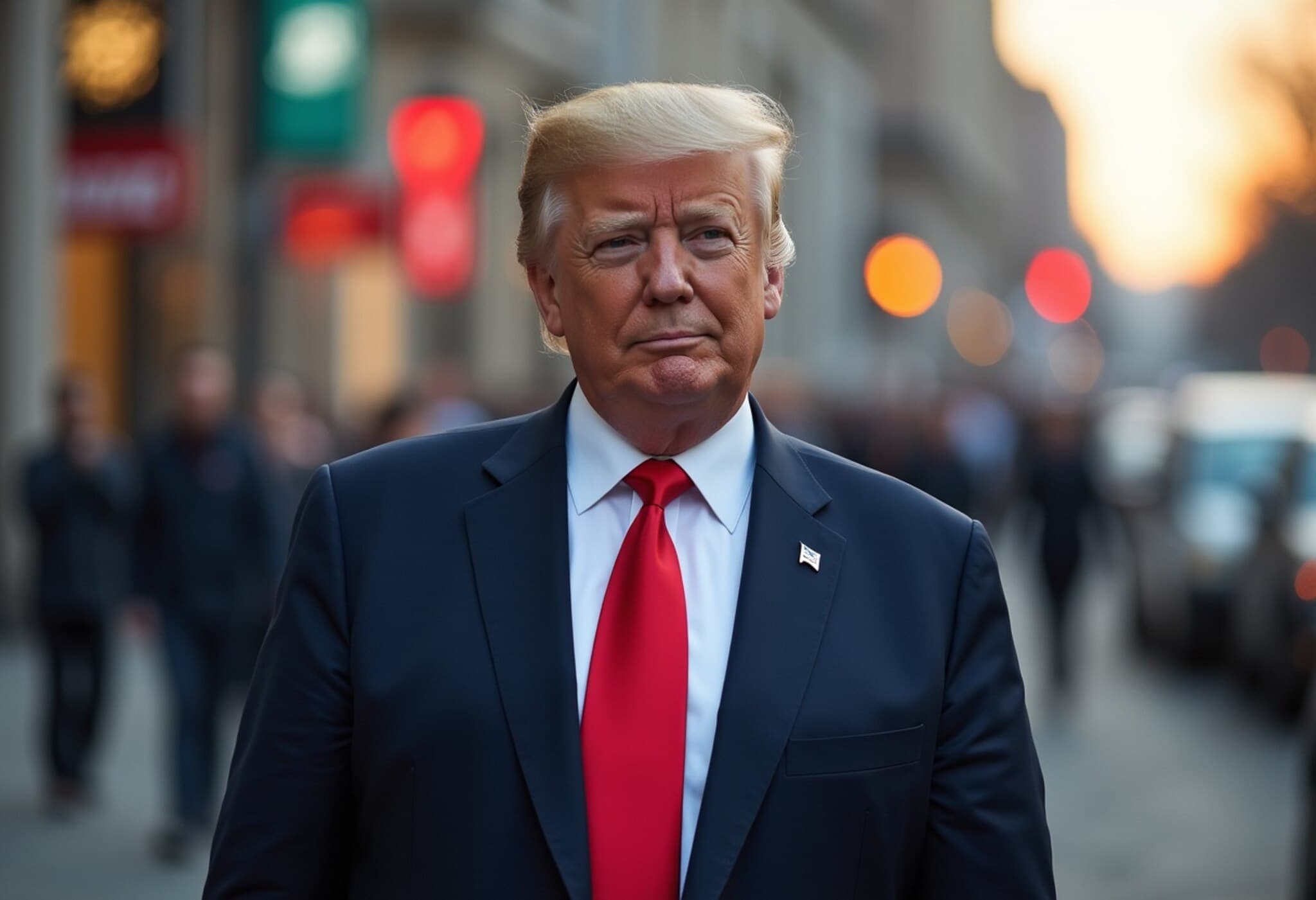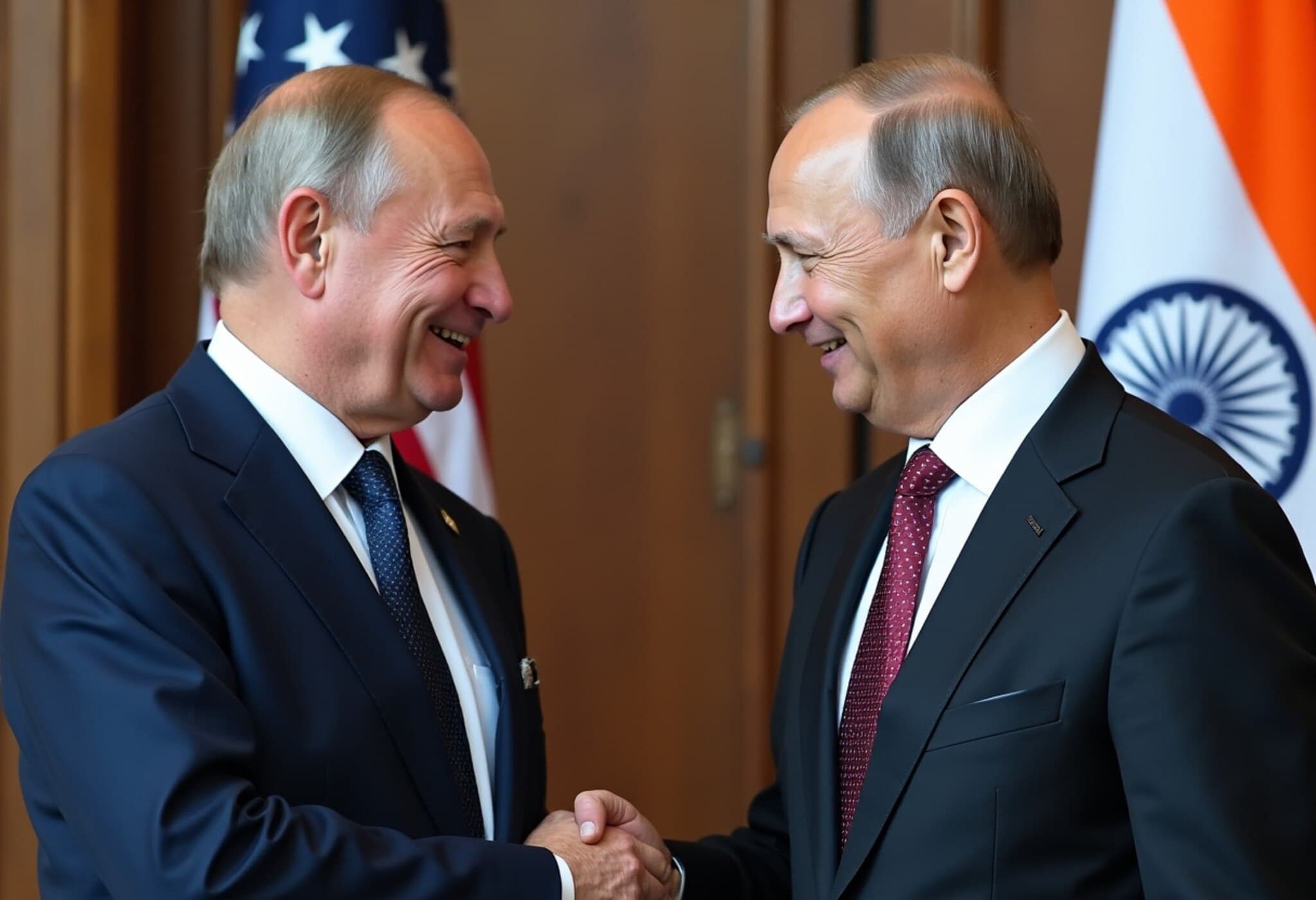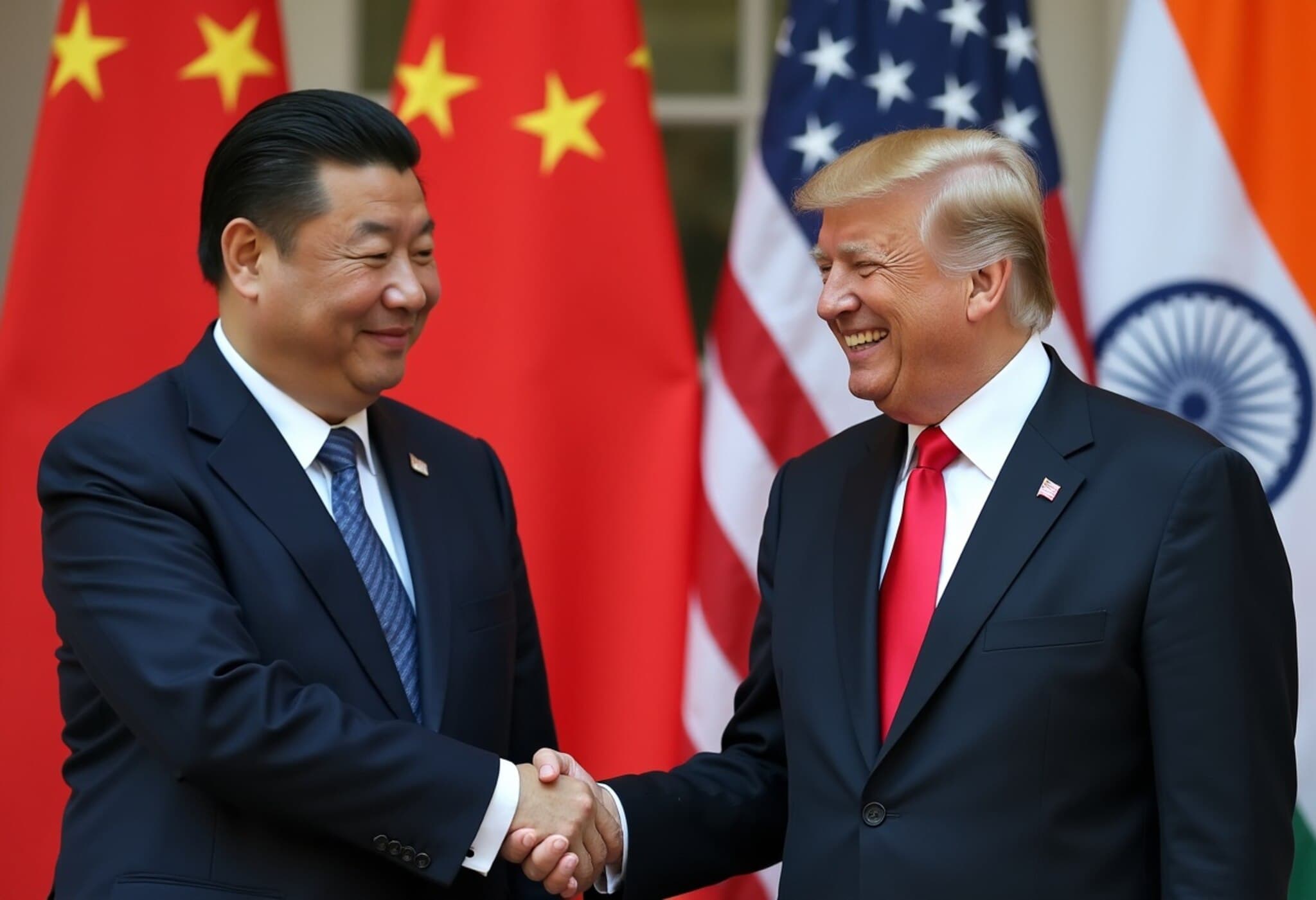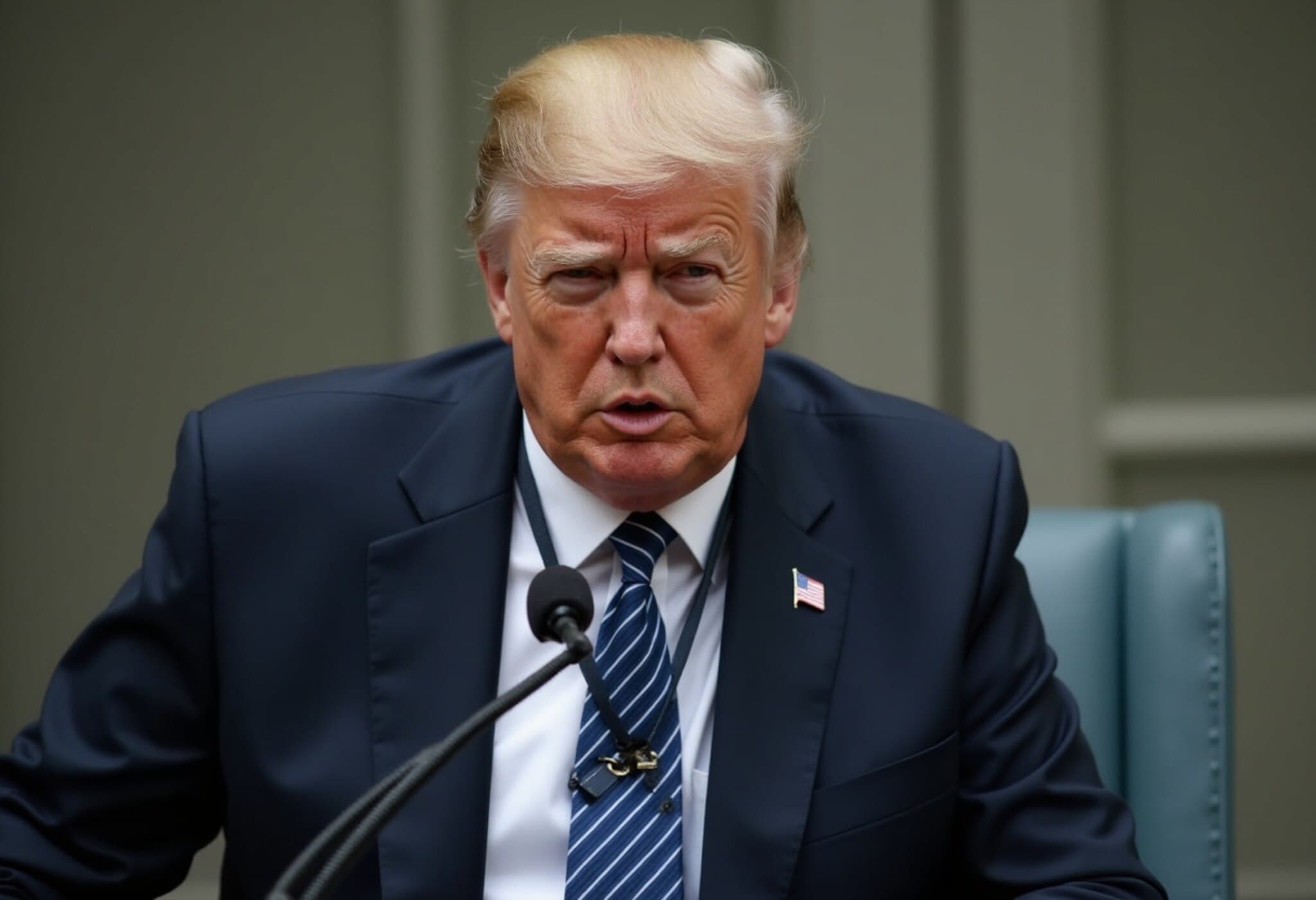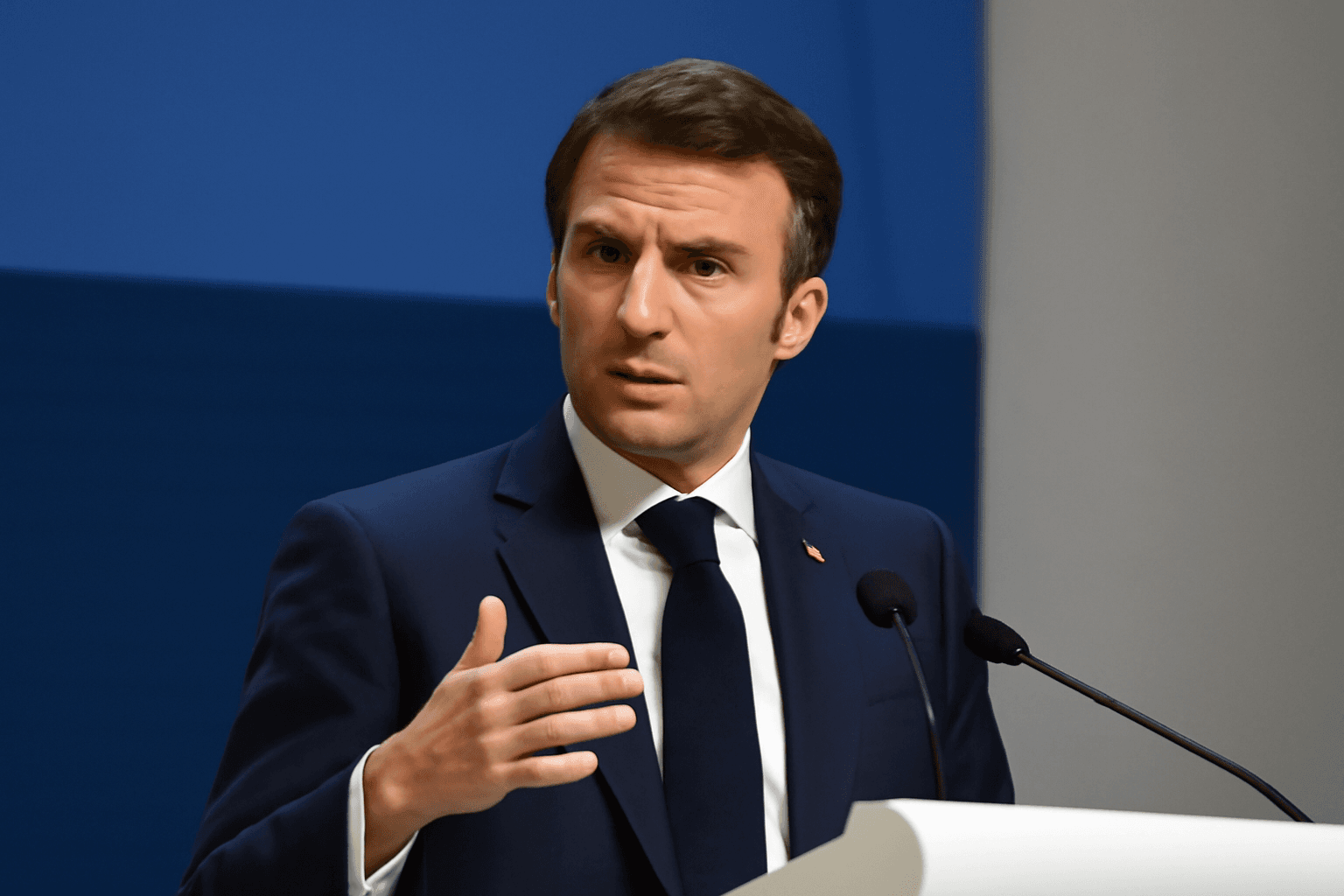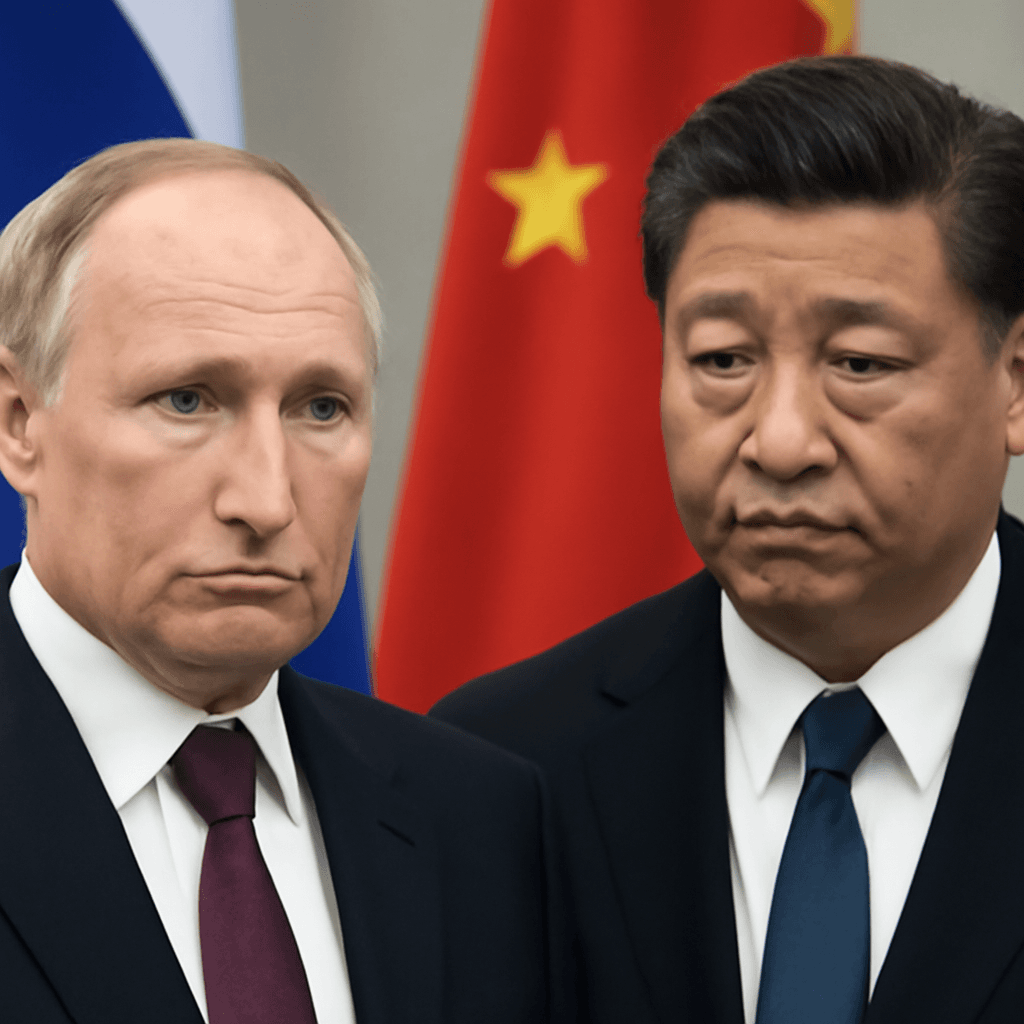Russia Welcomes Indian Exports Amid Ongoing US Tariff Tensions
Roman Babushkin, Chargé d’Affaires of the Russian Embassy in India, has openly declared that Indian goods, currently impeded by US tariffs, are warmly welcomed in the Russian market. His comments, delivered during a recent press conference, signal a deepening trade rapport between India and Russia amidst escalating tensions with the United States.
Context of Current US Tariffs on Indian Goods
The backdrop to Babushkin’s statement includes recent US-imposed tariffs which have significantly disrupted India’s access to the American market. Initially, the US introduced a 25% tariff on July 31, 2025, targeting over 60 countries, subsequently doubling this to 50% on August 6 as a punitive response to India’s continued purchase of Russian oil.
These measures stem from US accusations that India’s oil imports from Russia indirectly support Moscow’s military campaign in Ukraine. Such punitive tariffs risk damaging bilateral trade relations and potentially dampening India's economic growth, with analysts projecting up to a 1% reduction in GDP growth and impacting as much as 60% of India’s exports to the US.
Russia’s Strategic Economic Response
Babushkin criticized the US tariffs as “unjustified” and reflective of “double standards”, labeling them as neocolonial behavior that threatens global supply chains and the energy security of developing nations. Against this backdrop, he emphasized Russia’s readiness to serve as an alternative destination for Indian exports.
Moreover, Babushkin assured that Russian oil supplies to India would continue unabated despite US efforts to curb them. Highlighting a 5% discount on Russian crude supplied to India, he remarked that there is no viable alternative to Russian oil given its competitive pricing and strategic availability.
Broader Geopolitical and Economic Implications
This development unfolds alongside External Affairs Minister S. Jaishankar’s visit to Moscow for talks with Russian Foreign Minister Sergey Lavrov. Russian President Vladimir Putin is also expected to visit India by the end of the year, signaling enhanced diplomatic engagement.
The implications go beyond bilateral trade. Russia’s willingness to absorb Indian goods displaced by US tariffs might foster a new axis of economic cooperation, challenging US economic influence in Asia. This shift could prompt American policymakers to reconsider their trade strategies amid a complex interplay of international relations, global energy security, and emerging markets alliances.
Expert Commentary
From a policy analysis perspective, Moscow's open embrace of Indian exports is not solely an economic gesture but a calculated geopolitical maneuver. It seeks to undermine US-led sanctions, create alternative supply chains, and solidify its ties with India—already a major energy importer.
For India, diversifying export destinations is crucial to mitigate risks stemming from US tariffs. However, reliance on Russian oil amidst heightened Western scrutiny poses diplomatic balancing challenges, particularly for an economy striving to maintain strategic autonomy.
Underreported Questions and Considerations
- How sustainable is Russia’s role as a compensatory trade partner if US sanctions intensify?
- What are the long-term ramifications of India deepening energy dependency on Russia from the lens of global energy markets?
- Could this triangular tension lead to increased volatility in global supply chains, particularly for developing economies?
- How might this influence India’s domestic industries already grappling with US tariff impacts?
Conclusion: Navigating a Complex Trade Landscape
The evolving dynamics between India, Russia, and the United States underscore the intricate balancing act nations face in a multipolar world. While Russia offers a lifeline for Indian exporters hit by US tariffs, this realignment embodies both opportunity and risk, especially as global geopolitical tensions persist.
As India’s policy makers strategize future trade routes and energy partnerships, the world watches a recalibration of old alliances and emerging economic corridors.
Editor’s Note
This development highlights the fluidity of international trade politics, where tariffs and sanctions spur countries to seek new partnerships that can redefine traditional economic ecosystems. For readers, it raises critical questions about the durability of US trade policies and their unintended consequences on global commerce. Observers should watch how India leverages this economic pivot vis-à-vis its broader foreign policy objectives.


